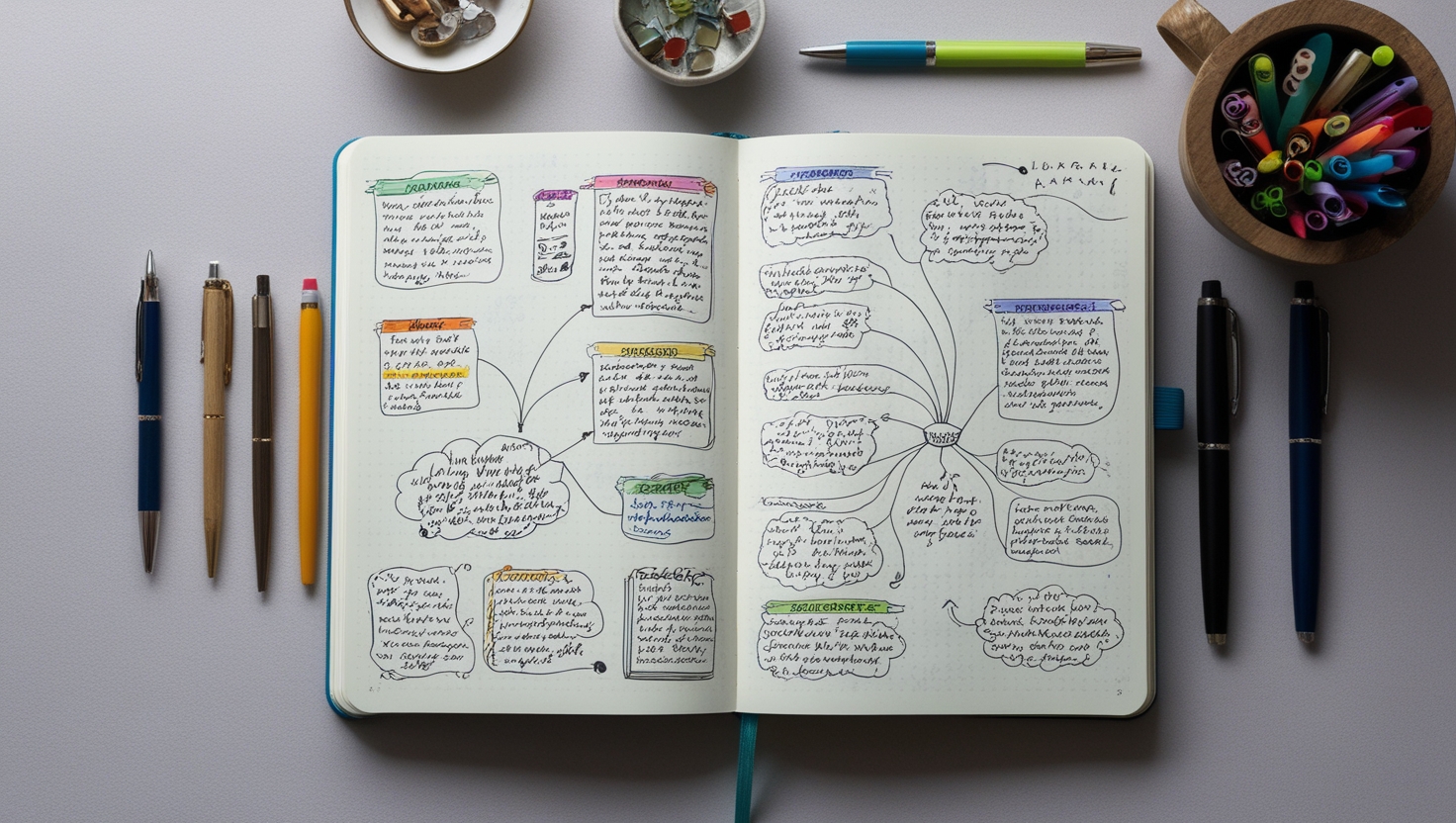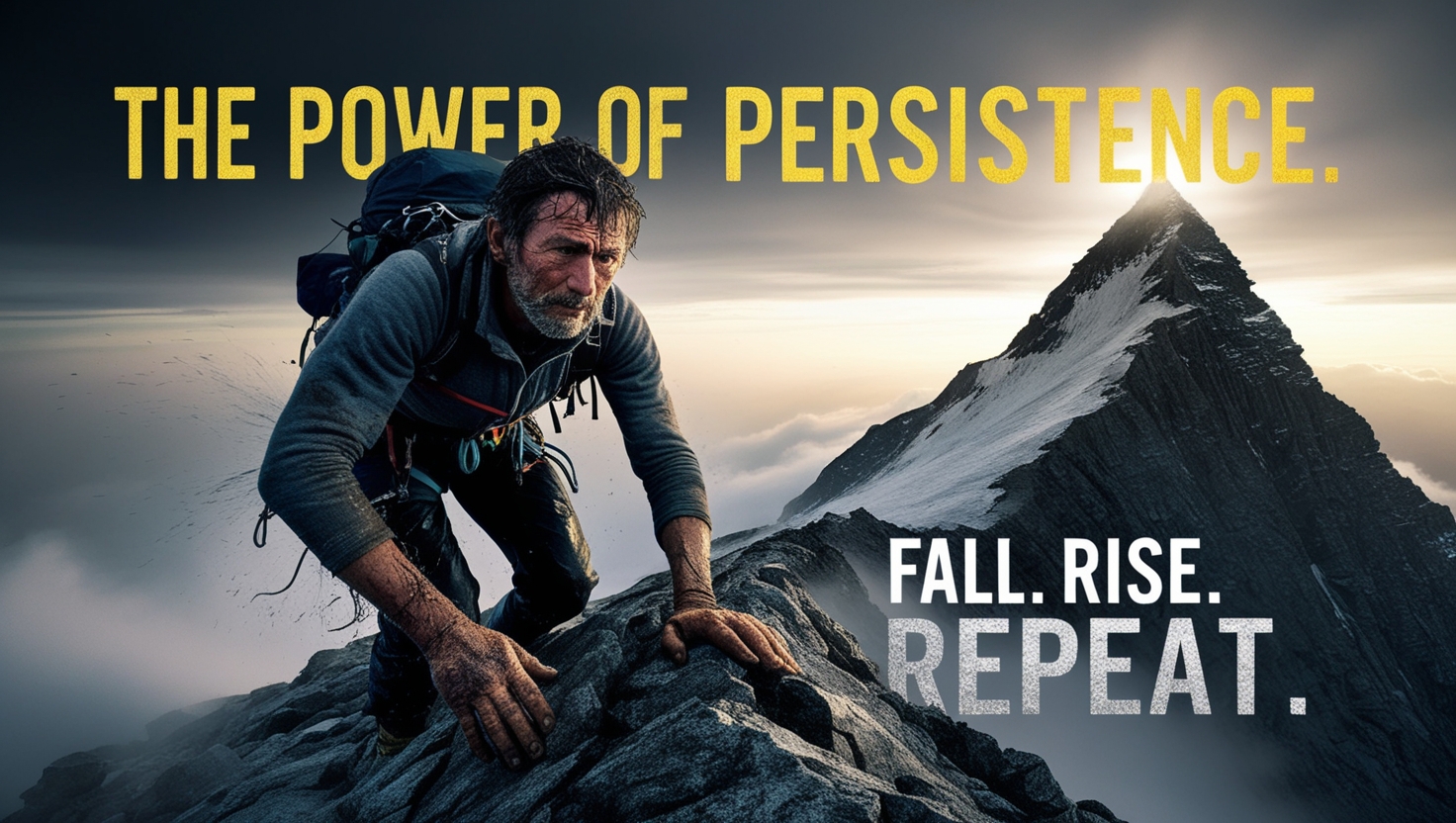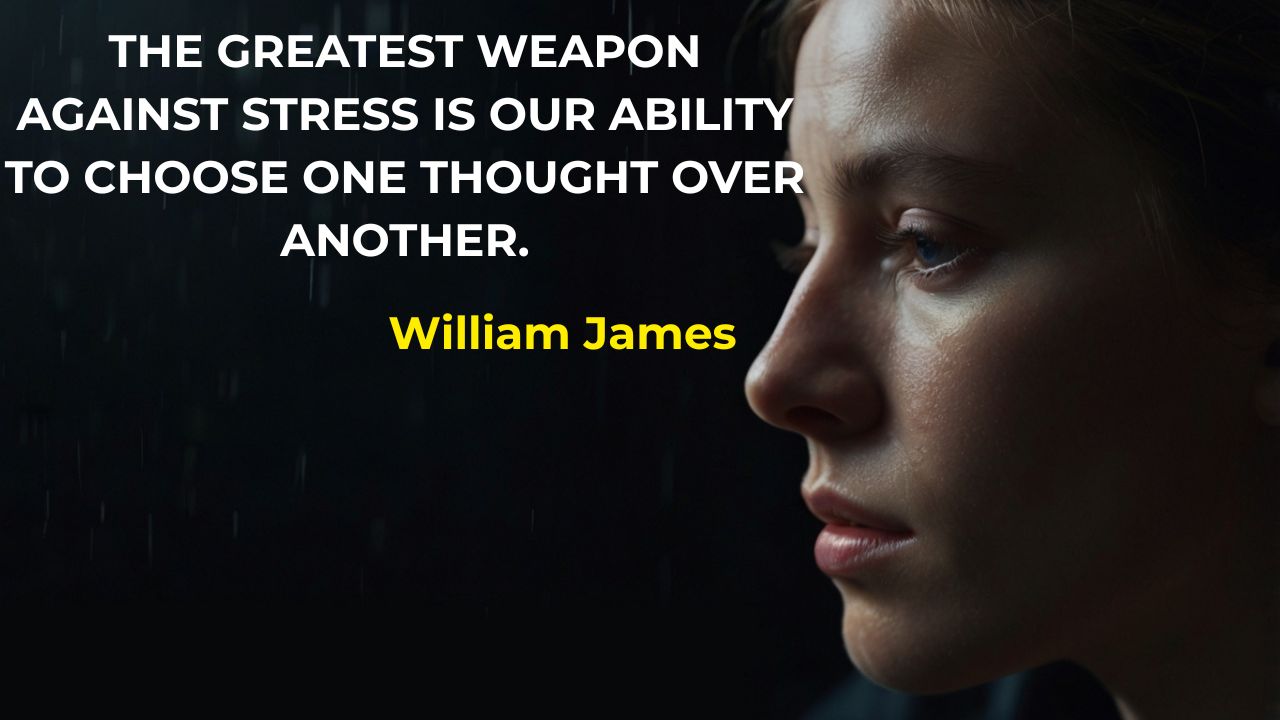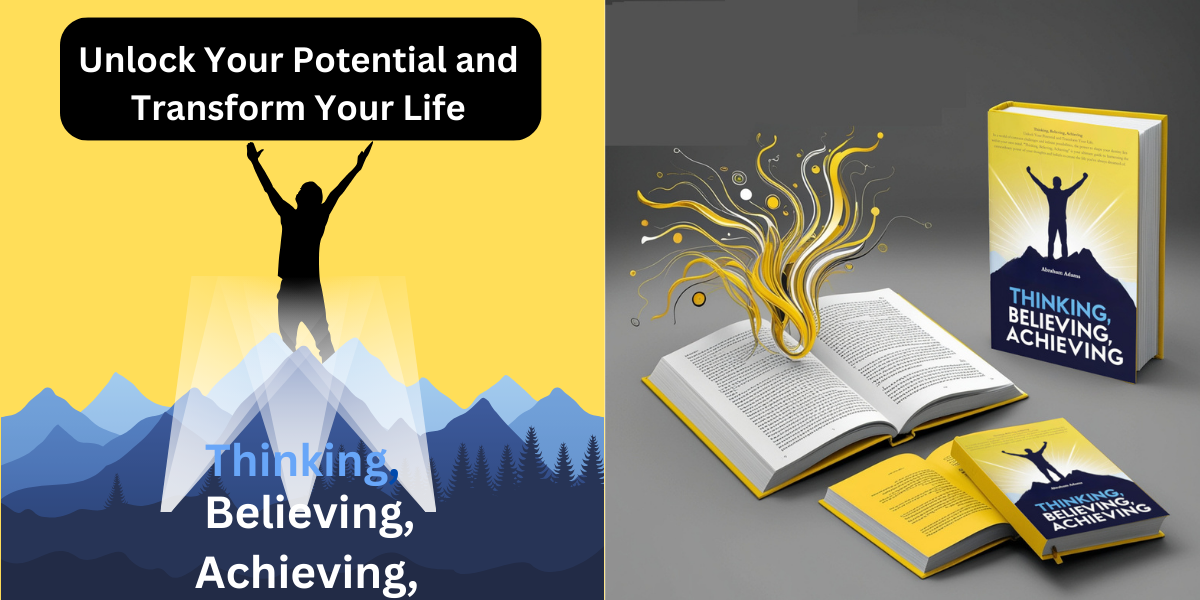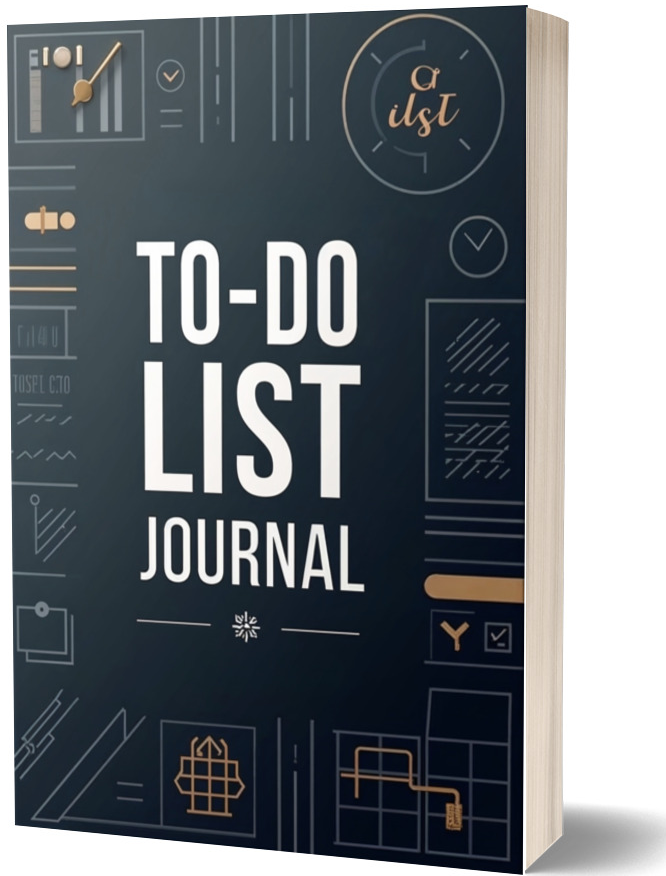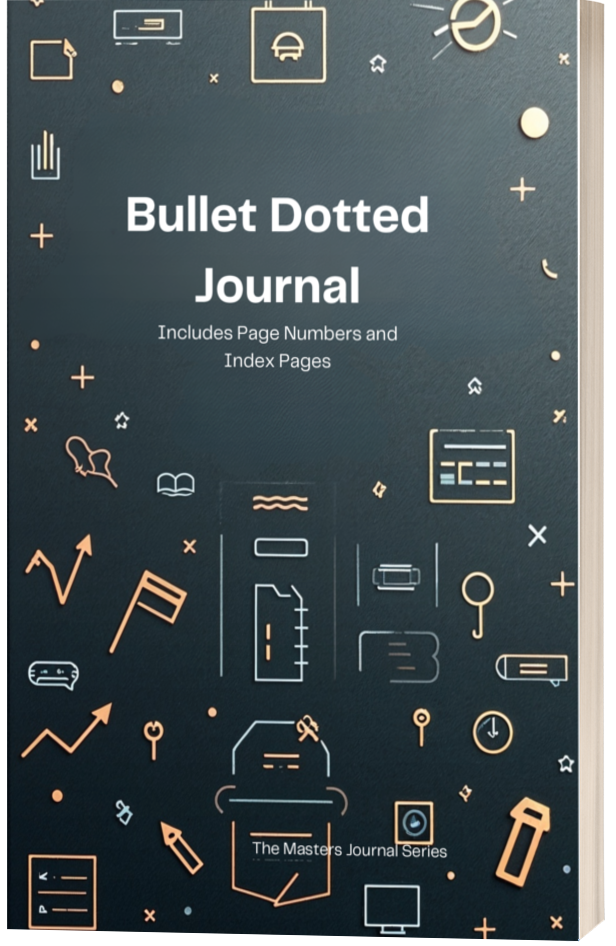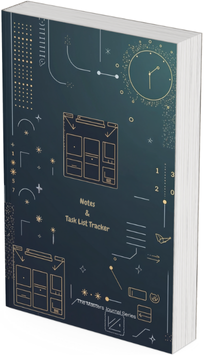Creative Thinking Tools: Unlocking Your Inner Innovator
Creative thinking is a skill that fuels innovation, problem-solving, and fresh ideas. While creativity often feels spontaneous, there are structured tools and techniques that can help spark it intentionally. In this article, we’ll explore three powerful creative thinking tools: the SCAMPER Technique, Random Word Generator, and Lateral Thinking Puzzles.
---
**1. SCAMPER Technique**
The SCAMPER technique is a brainstorming tool that encourages you to think differently about problems by applying seven distinct strategies:
- **Substitute**: Replace one element of the problem with another.
- **Combine**: Merge two ideas or concepts to create something new.
- **Adapt**: Modify an existing solution to fit the situation.
- **Modify (or Magnify)**: Change the scale, shape, or attributes of an element.
- **Put to Another Use**: Reimagine how something could be used.
- **Eliminate**: Remove parts of the problem to simplify it.
- **Reverse (or Rearrange)**: Change the order or perspective to discover new possibilities.
For example, if you’re designing a new product, SCAMPER can guide you through alternative ideas by prompting questions like, “What happens if we substitute one material for another?” or “Can we eliminate this feature to make it more user-friendly?”
---
**2. Random Word Generator**
Sometimes, creativity stalls when you’re trapped in familiar thought patterns. A random word generator helps break this cycle by introducing unrelated ideas into your brainstorming process. Here’s how it works:
1. Use a random word generator (or simply pick a word from a dictionary).
2. Write down the word and think about how it might relate to your problem.
3. Allow the association to guide new ideas or directions.
For example, if the random word is “bridge” and you’re solving a communication problem, you might brainstorm ideas about “bridging gaps,” creating “pathways,” or building “connections.”
---
**3. Lateral Thinking Puzzles**
Lateral thinking puzzles challenge traditional, linear thought by encouraging you to approach problems from unconventional angles. These puzzles often involve seemingly paradoxical or ambiguous scenarios that require creative solutions.
Example:
**Puzzle:** A man enters a bar, orders a glass of water, and the bartender points a gun at him. The man says, “Thank you,” and leaves. Why?
**Solution:** The man had hiccups, and the bartender startled him with the gun to cure them.
These exercises train your brain to think beyond obvious solutions and uncover hidden possibilities.
---
**Benefits of Creative Thinking Tools**
1. **Enhanced Problem-Solving**: Encourages looking at challenges from multiple angles.
2. **Increased Innovation**: Helps generate fresh, out-of-the-box ideas.
3. **Better Collaboration**: Facilitates group brainstorming and diverse input.
4. **Personal Growth**: Develops adaptability and mental flexibility.
---
**How to Get Started**
1. Pick one of the tools and practice applying it to a small challenge.
2. Use these techniques in group settings to harness collective creativity.
3. Reflect on what worked and refine your approach for future use.
Creative thinking isn’t just for artists or inventors—it’s a powerful skill anyone can cultivate. With tools like SCAMPER, Random Word Generators, and Lateral Thinking Puzzles, you can unlock your full creative potential and tackle challenges with fresh perspectives.
- Audio Articles
- Audio Articles 1
- Audio Articles 2
- Audio Articles 3
- Audio Articles 4

7 Daily Disciplines That Transform Your Life
The power to act with intention, to align your actions with your values, and to move steadily toward a life of purpose—even on days you don't feel like it.
Read Full Article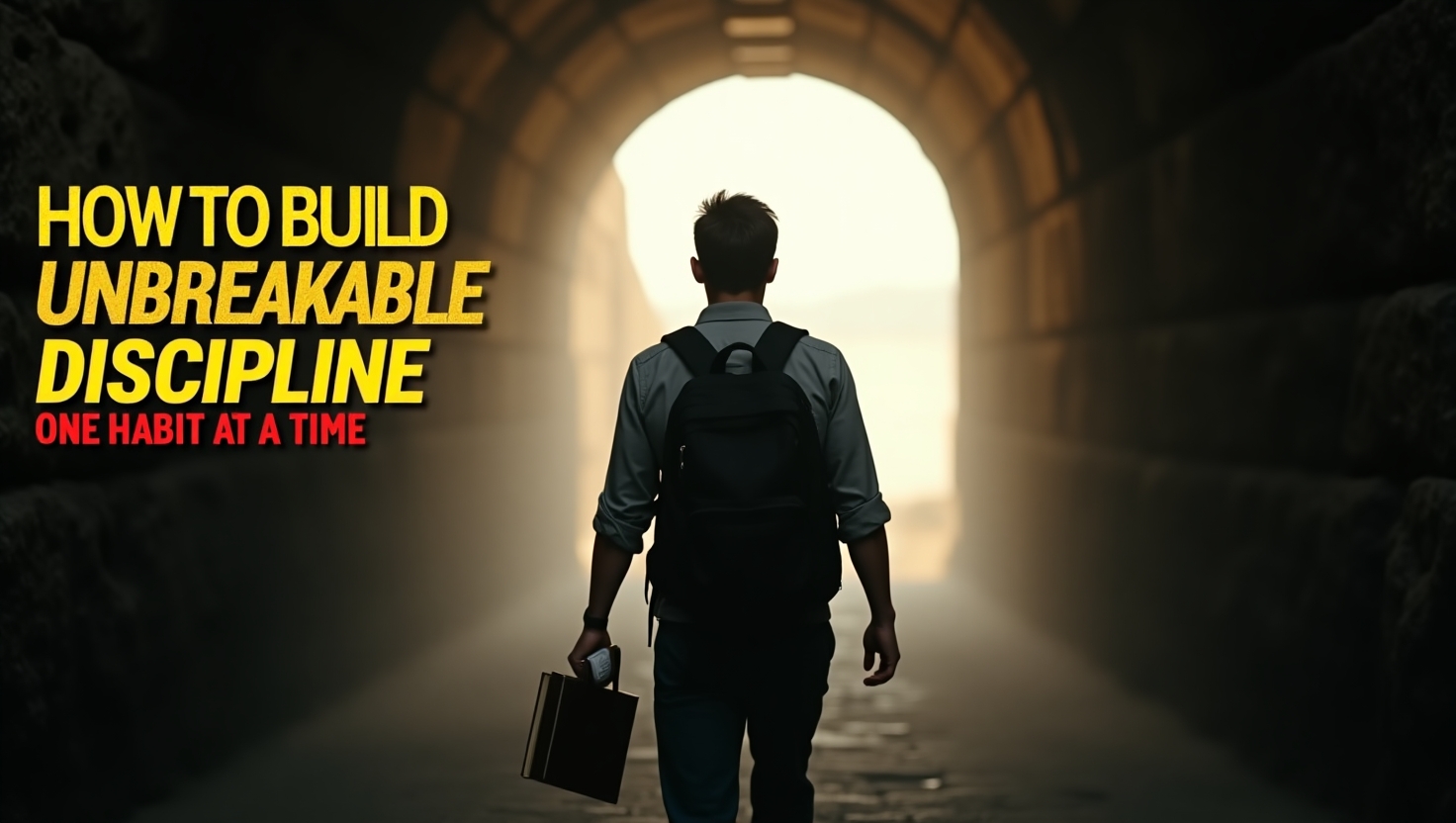
How to Build Unbreakable Discipline
Discipline is built—habit by habit, choice by choice, day by day. And the most powerful kind? The kind that doesn’t crack under pressure. The kind that becomes part of who you are.
Read Full Article
Why Motivation Fails And Discipline Wins Every Time
We all love the feeling of motivation—that surge of energy, that rush of inspiration that makes everything seem possible. But here’s the problem: motivation is unreliable. It’s emotional. It comes and goes. And if your goals rely on you “feeling like it,” you’re already in trouble.
Read Full Article
Discipline Over Desire
Desire is loud. It burns bright, talks fast, and loves to dream. But desire alone doesn't achieve much. Every person has desires. Very few have the discipline to bring them to life.
Read Full Article
The Science of Sticking
If you've ever tried to build a new habit, you've probably heard that it takes 21 days. This number gets thrown around so often that it feels like scientific fact.
Read Full Article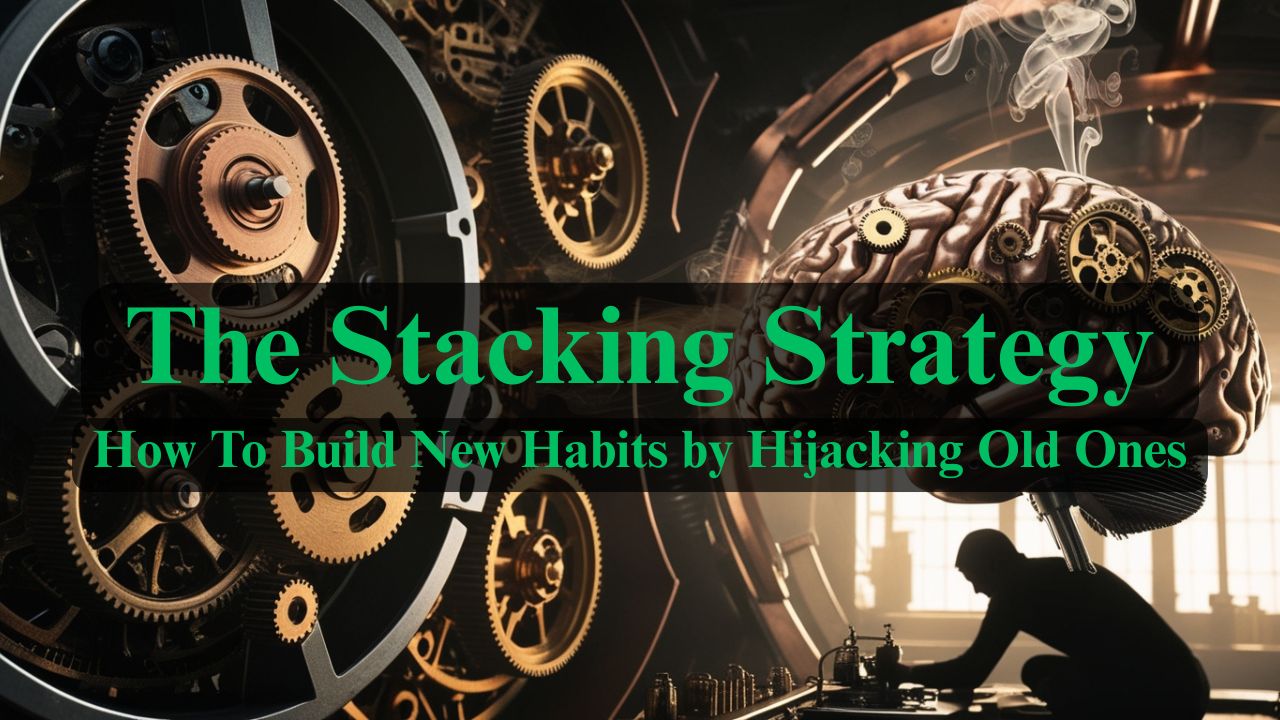
The Stacking Strategy
What if I told you that the habits you already have—even the ones you consider "bad"—could become the secret weapons for building the habits you want?
Read Full Article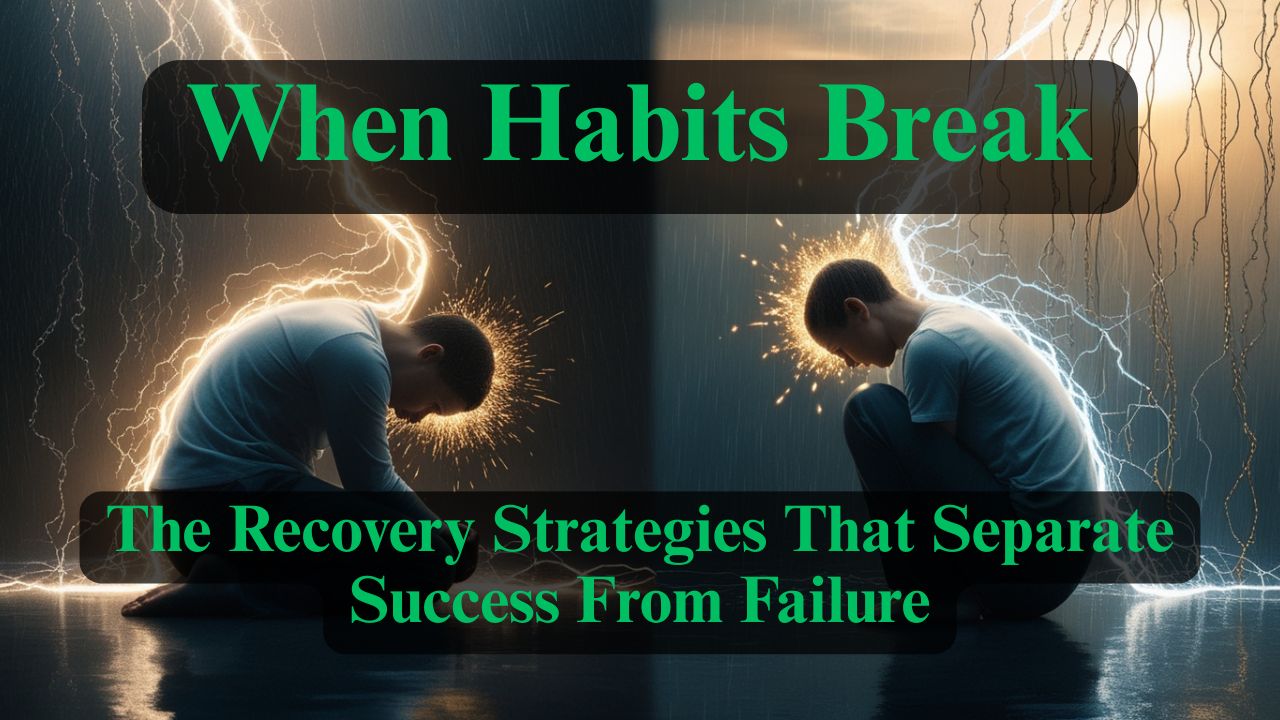
When Habits Fail - The Recovery Strategies That Separate Success From Failure
Here's what nobody tells you about building habits: you will fail. You'll miss days. You'll fall off track. You'll have weeks where everything falls apart.
Read Full Article
The Ultimate System - Designing a Life Where Good Habits Are Inevitable
You've learned to recognize habits, understand their formation timeline, stack them strategically, and recover from setbacks.
Read Full Article
